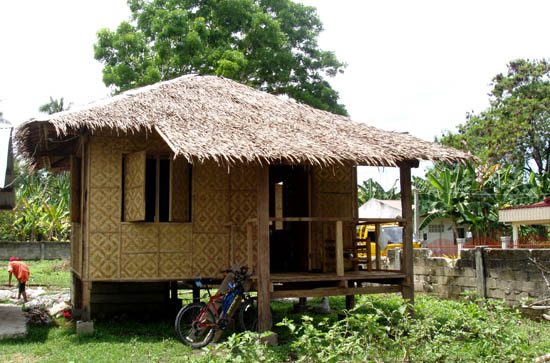 g renewable indigenous materials like bamboo and nipa palm. The hut’s raised position on stilts and its slanted roof help effectively utilize airflow through the home. But the bahay kubo is not seen as an efficient form of architecture because it isn’t westernized: the plant matter and wood used to make the hut gives it a rough appearance, and the one or two room layout of the house goes against western ideas of privacy and separate rooms. But the architecture team’s use of building structure, stilts, and indigenous materials in their plan to raise the school away from flooding, increase airflow, and be environmentally safe show the bahay kubo’s use in modern architecture.
g renewable indigenous materials like bamboo and nipa palm. The hut’s raised position on stilts and its slanted roof help effectively utilize airflow through the home. But the bahay kubo is not seen as an efficient form of architecture because it isn’t westernized: the plant matter and wood used to make the hut gives it a rough appearance, and the one or two room layout of the house goes against western ideas of privacy and separate rooms. But the architecture team’s use of building structure, stilts, and indigenous materials in their plan to raise the school away from flooding, increase airflow, and be environmentally safe show the bahay kubo’s use in modern architecture.Are there architectural elements from the past that can be used in new innovative ways today?
What is the responsibility of countries to “go green,” especially poorer countries that may not be able to afford expensive technology like solar panels?

No comments:
Post a Comment